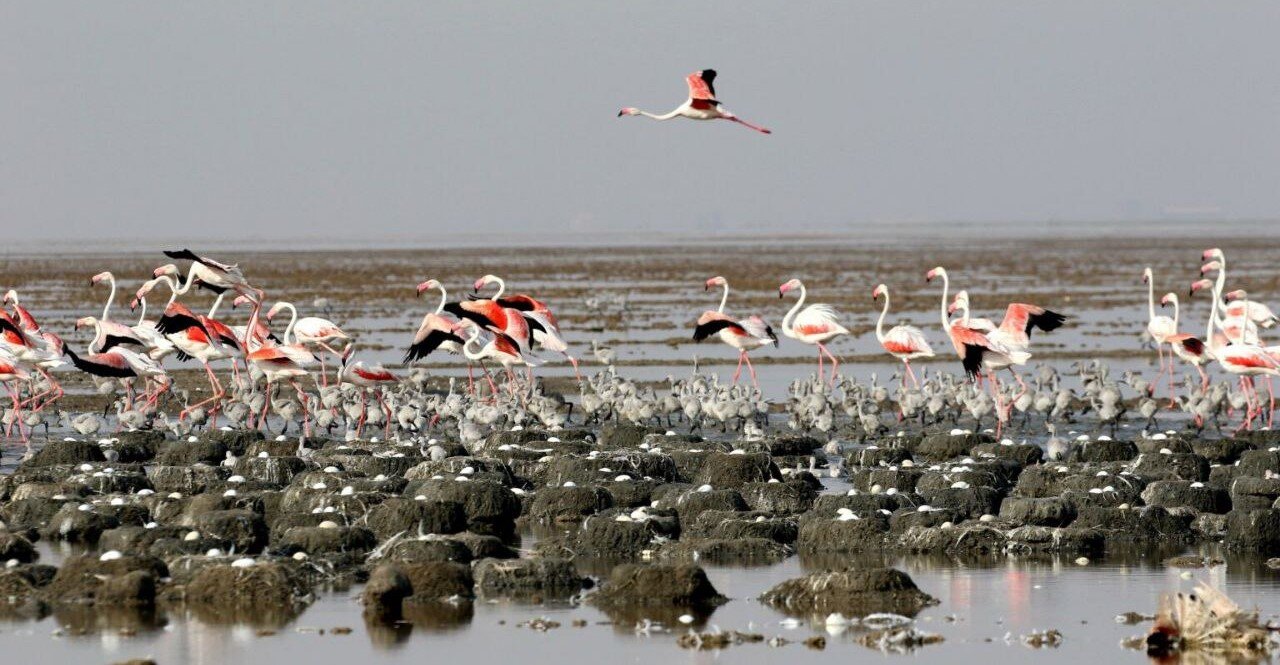WMBD: create a world where birds, people thrive together

TEHRAN – Celebrated twice a year—in May and October— World Migratory Bird Day 2025 aims to raise awareness about the many challenges migratory birds face due to human activities and expanding urban development, as well as driving change to design urban environments that support both birds and people.
Observed on May 10 and October 11, the WMBD reflects the cyclical nature of bird migration with varying migration periods in the northern and southern hemispheres.
The WMBD campaign is organized by the Convention on the Conservation of Migratory Species of Wild Animals (CMS), the African-Eurasian Migratory Waterbird Agreement (AEWA), Environment for the Americas (EFTA), and the East Asian-Australasian Flyway Partnership (EAAFP).
The worldwide initiative triggers countless educational events, uniting people in a common goal to protect migratory birds and their habitats.
Each year, the day selects a central theme to inspire action and concentrate global efforts towards preserving the habitats and wellbeing of migratory birds.
The 2025 theme, ‘Shared Spaces: Creating Bird-Friendly Cities and Communities’, underscores the urgent need for bird-friendly cities, combining scientific insights with practical steps for individuals and communities to support these remarkable creatures. It urges collective efforts to secure the future of migratory birds in and around urban environments amid alarming bird population declines.
Through good city planning and by adopting bird-friendly practices like creating healthy habitats, reducing pollution, and preventing collisions with glass windows and other built objects, communities can significantly contribute to the well-being of migratory birds.
Iran, an important stopover for migratory birds
Iran is the most important country in West Asia in terms of housing migratory birds in winter, as around two million birds fly each year to spend winter in the country’s wetlands, according to an official with the Department of Environment.
Encompassing numerous wetlands, reservoirs, and diverse water bodies, Iran welcomes millions of migratory birds every year. The country has also emerged as the most important stopover for migratory birds in their flight route from Siberia to the Nile, as sixteen percent of them select to spend the winter in the country, ISNA quoted Hassan Akbari as saying.
A diverse array of migratory birds fly to the country, with more than 160 species of aquatic and waterside birds identified in Iran, which is a significant number.
Despite limited water resources in the domestic habitats of the country, the study of the migratory bird population trend shows that the abundance and diversity of the birds that enter the country have not decreased. The majority of them have flown to the coastal areas of the Caspian and the Persian Gulf, though.
Iran hosts more than five percent of the world’s migratory birds in 450 sites in winter, Akbari said.
“Every year, some 30 to 40 million birds are counted all over the world, and the related statistics are recorded in the International Waterfowl Census (IWC) database,” he added.
MT/MG
